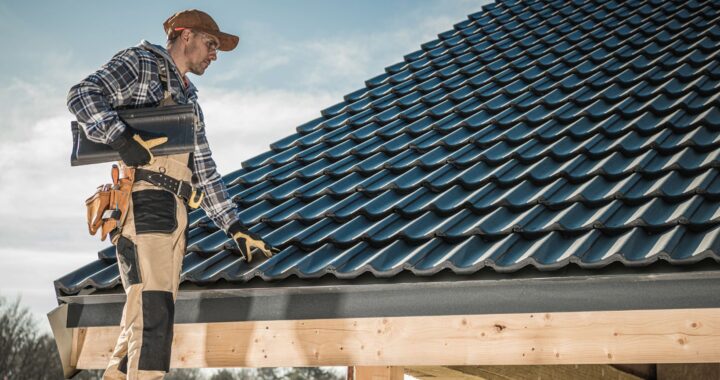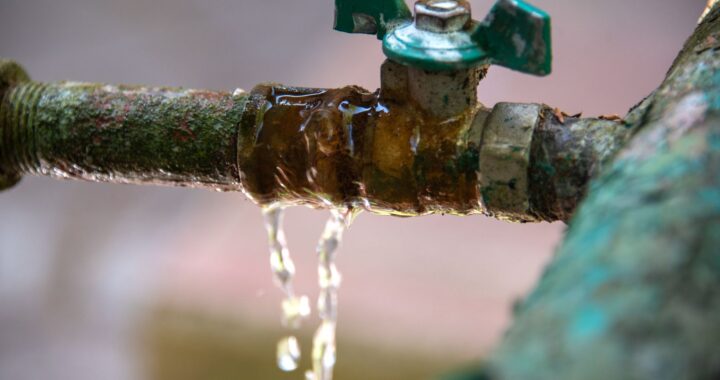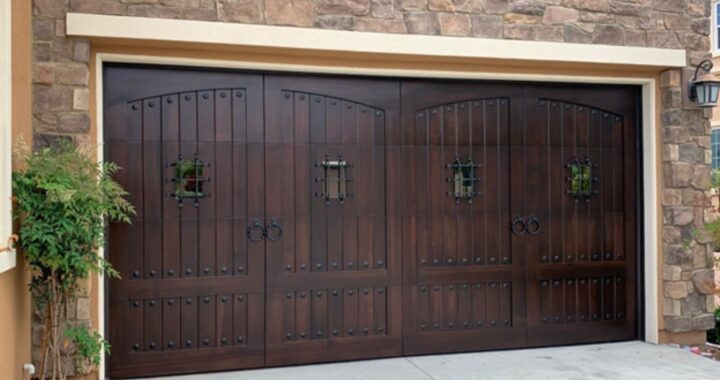Mold removal guide for the DIY home owner

Mold is a fungus that can grow both indoors and outdoors. When mold begins to grow indoors, it can cause health problems for you and your family. If you have mold in your home, it’s important to remove it as soon as possible. This guide will show you how to remove mold safely and effectively from your home using simple DIY methods. Let’s get started!
What is mold and why is it a problem in homes
Mold is a type of fungus that thrives in damp, dark environments. It can cause a variety of health problems, including respiratory infections, allergies, and skin irritation. Mold also breaks down organic materials, such as wood and paper, leading to structural damage in homes. In addition, mold produces spores which can be distributed through the air, causing respiratory problems for people with asthma or other respiratory conditions. Mold growth can be prevented by increasing ventilation and keeping areas clean and dry. If mold is already present, it can be removed with bleach or ammonia. However, it is important to take precautions to avoid exposure to mold spores, as they can cause serious health problems.
How to identify mold in your home
Mold is a type of fungi that can grow both indoors and outdoors. While mold is essential for breaking down dead organic matter, it can also cause a variety of health problems, including respiratory issues and skin irritation. If you suspect that mold is present in your home, there are a few telltale signs to look for.
First, mold often has a musty or earthy smell. Second, it can appear as dark spots on walls or other surfaces. Finally, mold may cause discoloration or staining. If you see or smell mold, it’s important to take action quickly to remove it. Otherwise, it will continue to spread and potentially cause health problems for you and your family.
How to clean up mold yourself
Although mold can be a dangerous presence in your home, it is often relatively easy to remove. The first step is to identify the source of the mold and correct the underlying problem, such as a leaky roof or broken pipe. Once the moisture problem has been addressed, you can begin to clean up the mold itself. Start by sweeping or vacuuming any loose mold spores from the affected area.
Then, use a stiff brush and soapy water to scrub away any remaining mold. Be sure to wear gloves and a mask to protect yourself from exposure to mold spores. In most cases, this simple cleaning method will be enough to remove the mold from your home. However, if the mold problem is extensive, you may need to call in a professional for assistance.
how to remove white mold from wood
White mold is a common type of fungi that can grow on wood surfaces. While it is not as destructive as some other types of mold, it can still cause discoloration and staining. If left unchecked, white mold can also lead to more serious damage, such as rot and structural damage. Thankfully, there are a few simple steps that can be taken to remove white mold from wood surfaces.
The first step is to clean the affected area with a damp cloth. This will help to remove any dirt or debris that the mold is feeding on. Next, use a mild detergent or disinfectant to scrub the surface. Be sure to rinse the area well afterwards. Finally, allow the surface to dry completely before painting or sealing it. By taking these steps, you can help to prevent white mold from causing further damage to your home.

 How to Perform a Roof Inspection
How to Perform a Roof Inspection  What to Do After Water Damage in Toronto
What to Do After Water Damage in Toronto  How to Keep Your Garage Door and Gate Running Smoothly Year-Round
How to Keep Your Garage Door and Gate Running Smoothly Year-Round